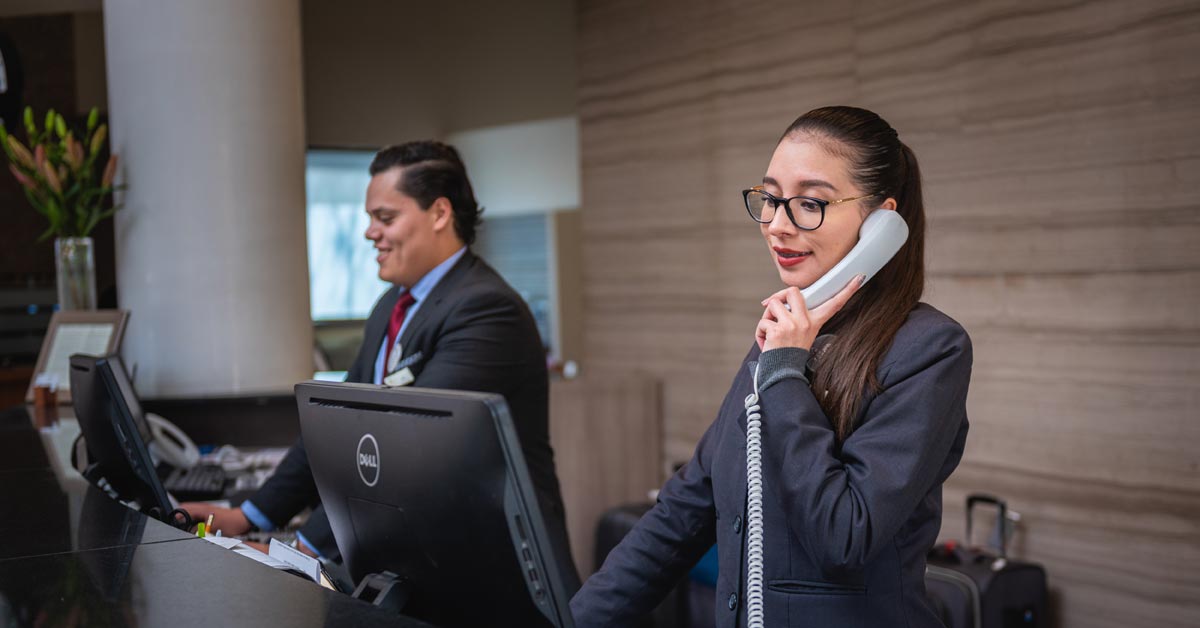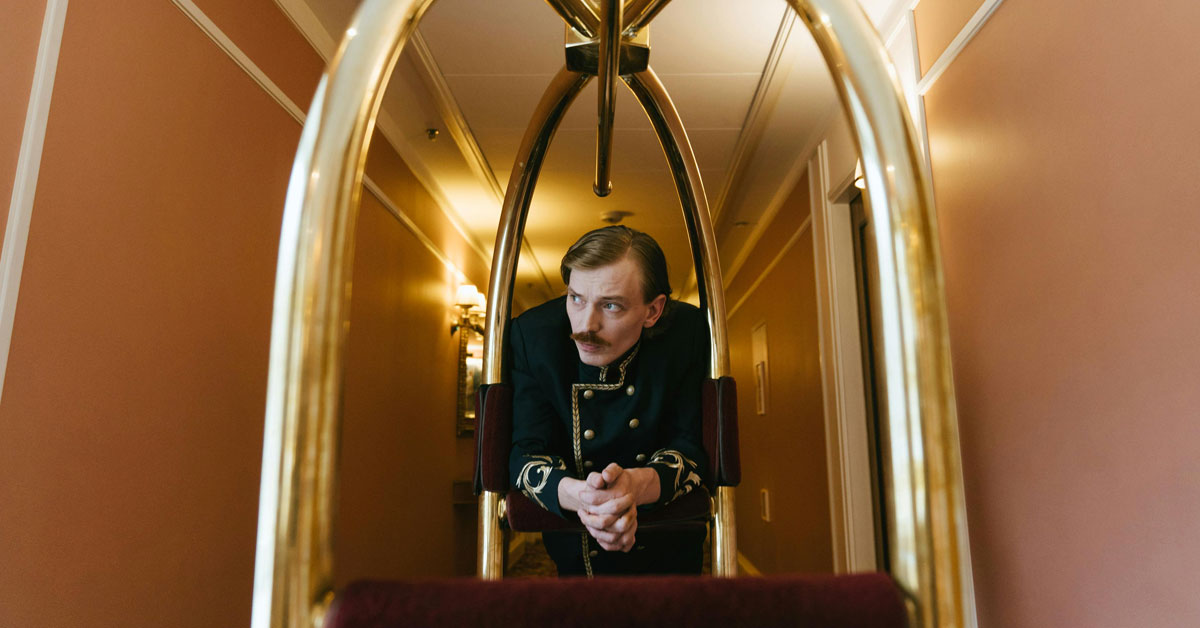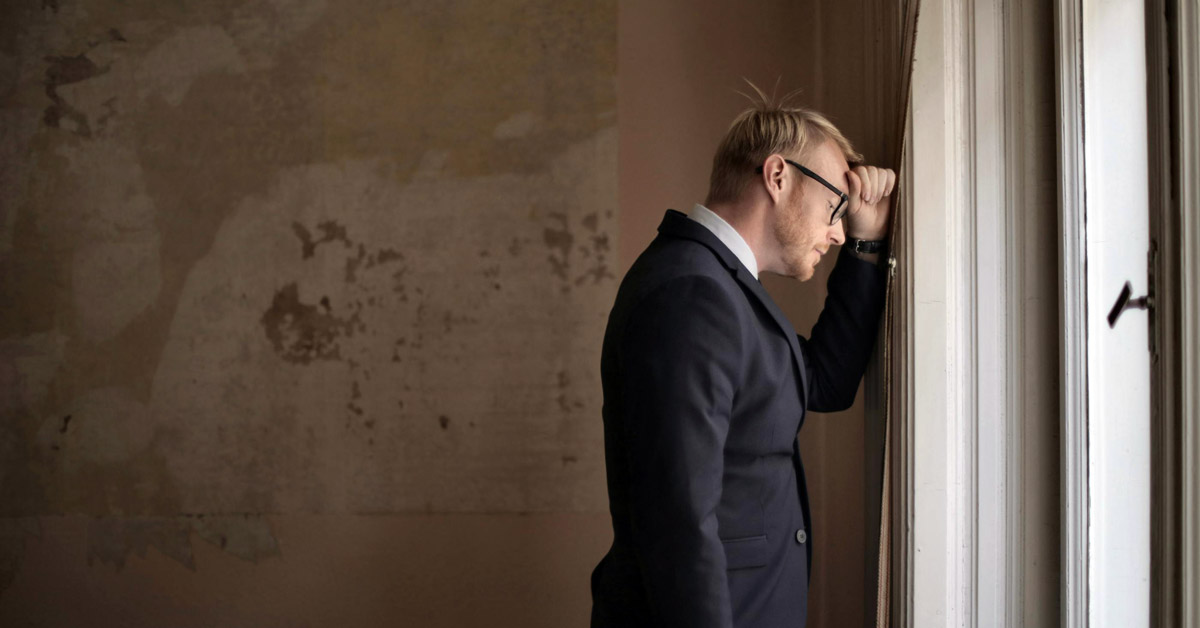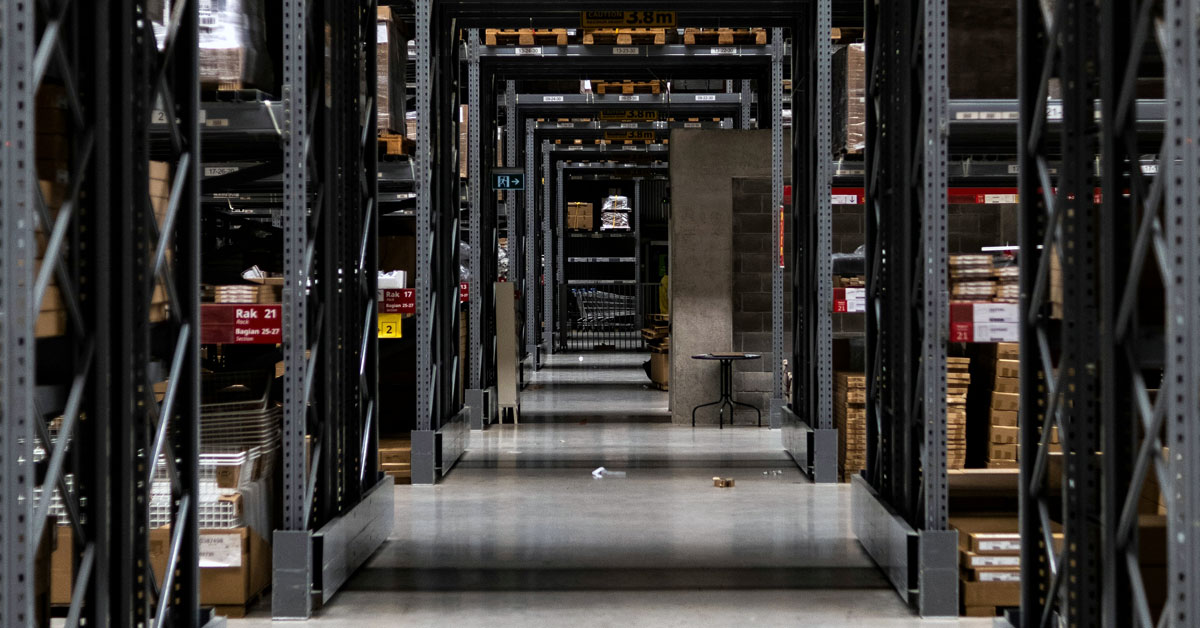Is an effective hotel staff uniform management organization essential for fostering a professional and cohesive work environment in the hotel and restaurant industry?
In the hospitality industry, where guest satisfaction and perception are paramount, the appearance and demeanor of staff members directly influence guests’ experiences. Hotel staff uniforms serve as a visual representation of the establishment’s brand identity, conveying professionalism, cleanliness and attention to detail. Therefore, the choice and maintenance of uniforms are critical in shaping the overall image of the company.
1. Hotel Staff Uniform Selection Process
The Hotel Staff Uniform Selection Process is a methodical approach that encompasses considerations such as fashion trends, fabric durability, and employee comfort. It holds significant importance as it directly influences the establishment’s brand image, employee satisfaction, and operational effectiveness.
By choosing uniforms that reflect the company’s identity and cater to employees’ needs, hotel managers can promote professionalism, unity among staff, and ultimately enhance the guest experience.
– Keeping Abreast of Trends
Uniforms reflect not only the brand image but also contemporary fashion trends. Hotel and restaurant managers should stay updated on new trends, textile fibers, and colors to ensure that uniforms remain both stylish and functional.
– Ensuring Comfort and Durability
Uniforms should be comfortable to wear and made from easy-care materials that can withstand frequent washing. It’s crucial to consider different body types and opt for materials that are both durable and easy to maintain.
– Involving Staff in Decision-Making
Engaging employees in the uniform selection process can lead to better acceptance and satisfaction. Providing prototypes in various sizes for testing ensures that the chosen uniforms meet the practical needs of the staff.
– Purchase Options
Whether ordering from a catalog or opting for custom-made uniforms, managers should carefully evaluate the quality and suitability of the clothing. Requesting samples and considering embroidery options for branding adds a personalized touch to the uniforms.
– Brand Representation and Identity
Uniforms serve as a visual representation of the hotel’s brand identity. Consistent and well-designed uniforms help reinforce the brand image and create a sense of unity among staff members, contributing to a cohesive and professional atmosphere.
– Guest Perception and Experience
The appearance of hotel staff, as reflected in their uniforms, directly impacts guests’ perceptions and overall experience. Well-groomed and appropriately dressed staff members instill confidence and trust in guests, leading to higher levels of satisfaction and loyalty.
– Functionality and Practicality
Apart from aesthetics, uniforms should also prioritize functionality and practicality. Different departments may have varying requirements, necessitating specialized features such as pockets for tools or moisture-wicking fabrics for outdoor roles. Ensuring that uniforms meet these practical needs enhances employee comfort and efficiency.
– Cultural Sensitivity and Inclusivity
In a diverse and multicultural environment, uniforms should be sensitive to cultural norms and inclusive of diverse identities. Managers should consider factors such as religious requirements, gender inclusivity, and personal preferences when designing or selecting uniforms to ensure that all staff members feel respected and valued.
– Environmental Sustainability
With growing awareness of environmental issues, there is a rising demand for eco-friendly uniform options. Hotel managers can demonstrate their commitment to sustainability by choosing uniforms made from organic or recycled materials, implementing recycling programs for old uniforms, and opting for eco-conscious manufacturing processes. This not only aligns with guest expectations but also contributes to the hotel’s reputation as a responsible corporate citizen.

2. Hotel Staff Uniform Assignment and Maintenance
Uniform Assignment and Maintenance involves the systematic issuance, tracking, and upkeep of employee uniforms within a hospitality establishment. This process holds significant importance as it ensures uniformity in appearance, promotes accountability among staff, and contributes to operational efficiency. By implementing robust procedures for uniform assignment and maintenance, hotel and restaurant managers can uphold brand standards, streamline inventory management, and cultivate a professional atmosphere conducive to guest satisfaction.
– Uniform Fit and Tailoring
Ensuring that uniforms fit properly and are tailored to individual employees’ measurements is paramount for appearance, comfort, and functionality. Offering options for customization or alterations can help accommodate different body types and ensure a professional look across the staff.
– Issuance Process
Implementing a standardized issuance process ensures transparency and accountability. Employees should fill out uniform issuance forms detailing their requirements, which are then signed by both parties.
– Hygiene and Sanitation
Maintaining cleanliness and hygiene standards for uniforms is critical, particularly in roles where staff members come into direct contact with guests or food preparation areas. Implementing regular cleaning schedules, providing guidelines for proper care, and offering laundry services or facilities contribute to a hygienic work environment.
– Maintenance Contracts
Maintenance rental contracts, particularly common for kitchen linens, offload the responsibility of purchasing and maintaining uniforms to service providers. Setting the right number of garments per employee ensures seamless workflow.
– Uniform Tracking
Keeping track of uniform assignments and replacements helps in managing inventory efficiently. Regularly updating records and documenting any changes in uniform allocation ensures clarity and prevents discrepancies.
– End-of-Contract Procedures
Establishing clear guidelines for returning uniforms at the end of an employee’s contract ensures smooth transitions. Damaged uniforms should be promptly removed from stock to maintain quality standards.
In conclusion, effective uniform management is essential for fostering a professional and cohesive work environment in the hotel and restaurant industry.
By staying abreast of trends, involving staff in decision-making, and implementing robust maintenance procedures, managers can ensure that uniforms not only reflect the brand’s image but also enhance employee satisfaction and productivity.
Implementing the strategies outlined in this article can contribute to elevating the overall guest experience and solidifying the establishment’s reputation in the competitive hospitality market.
For more information on Hotel Staff Uniform, we recommend the following resources:
_________________________________________________
Apium.Ca – 5 reasons your employee uniforms matter to hotel guests: https://apium.ca/blogs/news/5-reasons-your-employee-uniforms-matter-to-hotel-guests
Stockfgco.com – Types of Uniforms in the Hotel Industry: https://stockmfgco.com/blogs/stories/types-of-uniforms-in-hotel-industry







